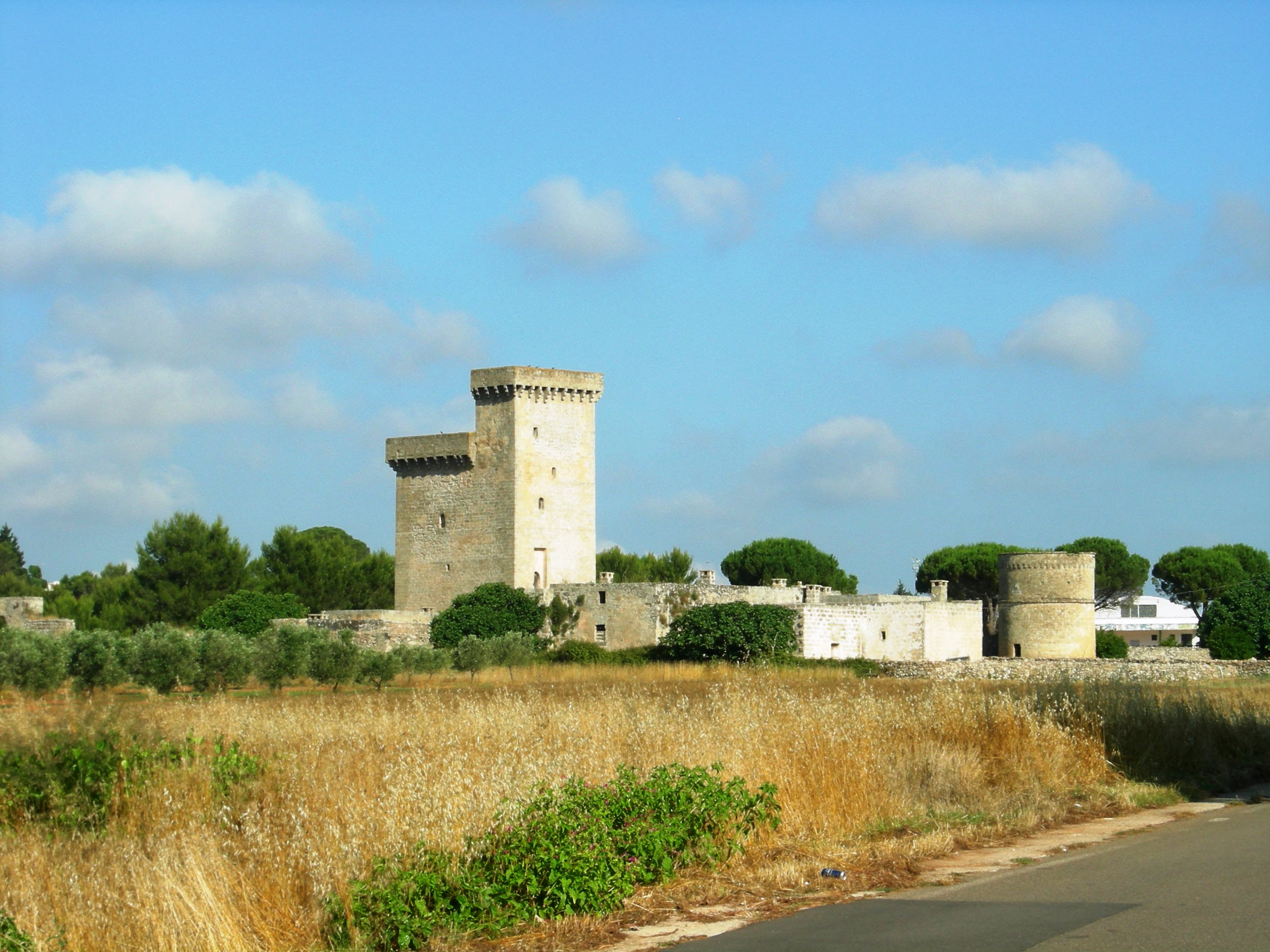Masseria Celsorizzo
Itinerario:
Naturalistico/archeologico


2015-06-22 19:08:50
Masseria Celsorizzo (detta anche "Gelsorizzo") è situata alla periferia di Acquarica del Capo, in un'area compresa fra il centro abitato suddetto e la strada provinciale per Maglie. Il complesso masserizio consiste di un'alta torre a pianta quadrata con feritoie e caditoie, primo nucleo dell'impianto databile alla prima metà del XVI secolo, e di altri vani come stalle, fienile ed ovili, addossati al muro di cinta, aggiunti nell'Ottocento come deducibile dalla data 1807 incisa sull'architrave del portale di accesso. Di particolare bellezza e interesse architettonico è la torre del XV secolo, che conserva alla base una piccola cappella dedicata a San Nicola di Mira che misura m. 7,8 di lunghezza e m. 3,7 di larghezza, con pregiati dipinti del XIII secolo. La cappella, costruita nel 1283 da Giovanni di Ugento, signore del casale di Celsorizzo, era interamente affrescata e ancora oggi si possono ammirare scene raffiguranti il Cristo Pantocratore e San Giovanni Crisostomo, l'Annunciazione in prossimità dell'abside e scene relative al ciclo cristologico sulla volta. Tra gli altri affreschi posti lungo le pareti della cappella si segnalano l'Ultima Cena e i Santi Cosma e Damiano. Suggestiva è anche la corte interna, caratterizzata da un incrocio di archi sospesi che immettono nei diversi ambienti della masseria.
S. Pertini (loc. Madonna dei Panetti), Acquarica del Capo
utilizzo attuale:
La Masseria è abbandonata. L'area circostante è utilizzata per eventi e sagre.
vincoli:
Vincolo Architettonico
bibliografia fonti:
A.Brigante, Acquarica del Capo in cammino. Linee storico dalle origini all’Unità, Tricase 2004.
M. Cazzato, "Guida ai Castelli Pugliesi: la Provincia di Lecce", Congedo editore, Galatina 1997.
S. Cortese, Santa Maria della Strada dal XIII al XVI secolo, in I Bizantini del XXI secolo, Atti dei Convegni di Studi nel Salento meridionale, Tiggiano 20 gennaio – Corsano 1 febbraio – Taurisano 20 aprile – Ruffano 23 aprile 2013 a cura di S. Tanisi, Ugento 2013, pp. 93-99.
Berger Jacob, Un nuoveau monument byzantin de Terre d’Otrante, in Rivista di studi bizantini e neoellenici n.27, Roma 1990, pp. 211-257.
M. Salvatore, Tracce di storia in Acquarica del Capo. Le iscrizioni, i campanili, Presicce 2001.
S. Palese, Monumenti e devozioni medievali nel basso Salento, in Studi per il 75° di fondazione Del Pontificio Seminario Regionale Teologico Pugliese, Pubblicato su “A Servizio del Regno”, a cura di C. Colafemmina, 1983.
Masseria Celsorizzo Masseria Celsorizzo Masseria Celsorizzo Masseria Celsorizzo notizie storiche:
Il complesso masserizio di Celsorizzo è uno dei più antiche del Salento. Nel 1283 è attestata già l’esistenza della cappella di San Nicola di Mira edificata alla base della torre quadrata per volere di Giovanni di Ugento, signore del casale di Celsorizzo. Nel 1545 il feudatario Fabrizio Guarino acquista Masseria Celsorizzo da Claudio Lubello per 3500 ducati. Fabrizio Guarino costruisce poi nel 1550 la torre colombaia annessa al complesso masserizio. Nei rogiti del 1615 l’edificio è menzionato come semplice feudo, perciò già da allora non era considerato una fortezza. La masseria, appartenuta successivamente alla famiglia Arditi di Presicce, è stata recentemente restaurata. L’area immediatamente circostante il complesso di Celsorizzo è sfruttata in occasione di alcune feste o sagre paesane come, negli ultimi anni, la sagra del grano.